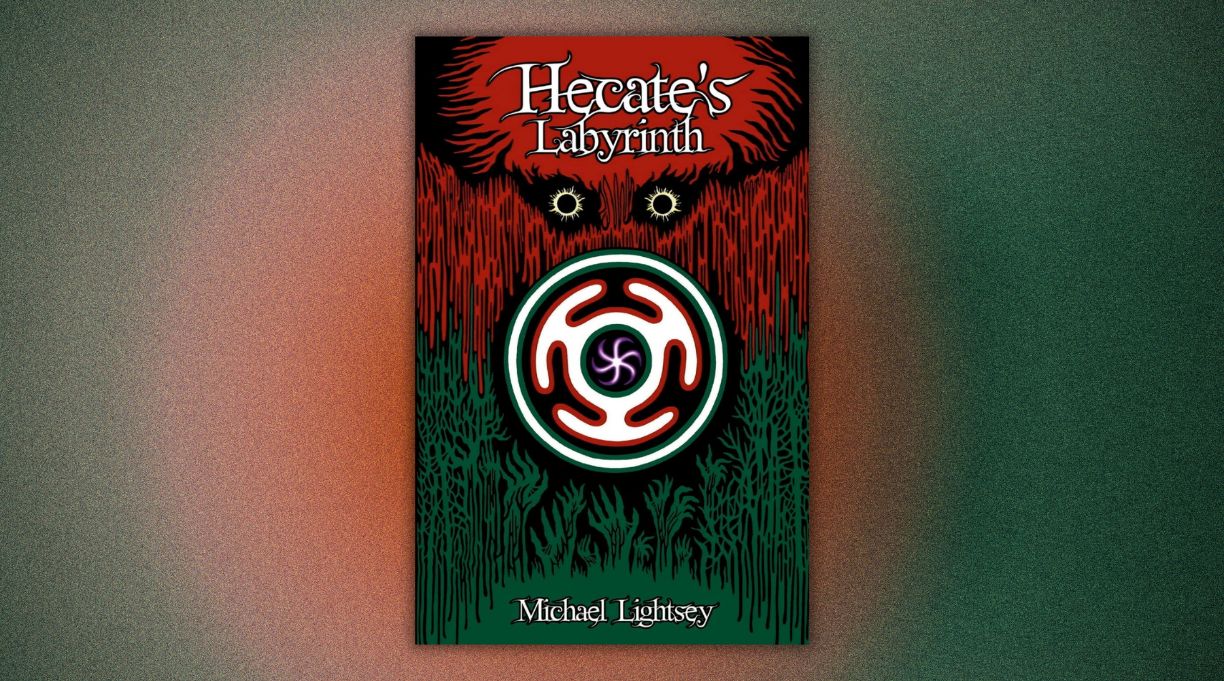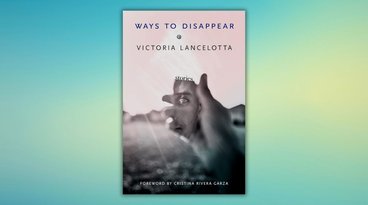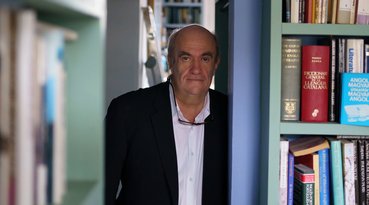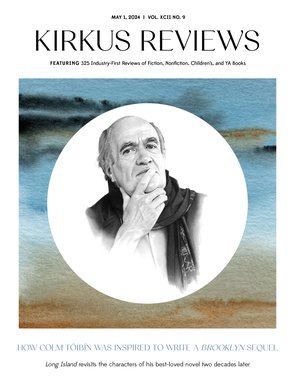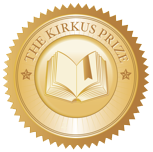Please tell us a little about yourself and Hecate’s Labyrinth.
“OiHo Ni DeSiar Dna Nrob.” That’s backward speech for “Born and raised in Ohio.” As a boy, I loved making neologisms and imagining other worlds. I remember making art during thunderstorms—idiosyntastic for a sensitive soul. You focus on what you can do despite what’s terrifying. Looking back, I realize it was also a remedy for Cold War anxiety. The threat of nuclear annihilation dares you to be a light in the dark. Teenage D&D adventures skewed my perception of reality, rendering magic and monsters ubiquitous. Multidisciplinary art became a lifeline in school and years later while fathering two kids in California. Today, empty-nest syndrome and a looming war with Russia refocus my creativity.
How did you research your book?
Lots of reading. I thought I knew about magic and monsters, but when I researched Slavic myths and Russian folklore, I quickly learned I didn’t know jack shit. They say if you want to grok something, write about it. So I chased rabbits into mystical Wonderlands. East European mythology is ancient and riddled with mystery. Every story was a marathon of eccentricity, baking my brain to unlock the secrets of ancient mystery schools and the occult. I discovered esoteric truths weaving through every culture—an immaterial realm flirting with the forbidden, manifesting as the supernatural. It triggered a spiritual awakening.
How did you develop your characters?
Writing is easy. You bleed your brain onto the page. Editing is like sculpting, chiseling away word after word until beauty surfaces. Drawing inspiration from friend and family shenanigans, I navigated character entanglements with empathy as my wayfinder. Tumultuous teenage love is the fulcrum of the narrative, and time travel is the means for exploring it. The protagonist’s a bibliophile Russian witch, so I had my work cut out for me. Confronting childhood Russophobia, I dove into unfamiliar stories by Tolstoy, Dostoevsky, and Pushkin. These masterful novelists colorize my book. Drama exhausts you without comedy and diversity, so I also drew inspiration from the legendary characters Vladimir and Estragon, Rosencrantz and Guildenstern, and Abbott and Costello.
How did you develop your subject?
Embarking on the journey from idea to final draft involved numerous unsettling mistakes. The struggle to grow an idea often reveals profound truths. Betrayal, divorce, and homelessness sparked a fire to write as my reality capsized, drowning me with loneliness and insecurity. They say when you’ve hit bottom, the only way to go is up. So my focus became crystal clear—slay the dragon. War is the dragon. Exploring my childhood Russophobia, I dug into the dualistic mind fueling “othering” and xenophobia, reflected in the reluctance of mainstream media to scrutinize the murder machine of war.
My book explores the dichotomy between good and evil, illustrating that the line between the two is drawn on every human heart. Simultaneously, the space between reality and fantasy dwells in every human brain—the third eye. It reveals a cosmic perspective, not limited by typical human senses. In this space, you perceive mysterious elements that shape the world beyond normal comprehension. Other dimensions unfold here, enfolding deeper layers of meaning.
Hecate’s Labyrinth is a literary dreamscape, my attempt to help people understand the joys and sorrows of who they are, to instill a sense of wonder. Through this kaleidoscopic adventure of star-crossed lovers, I hope readers will find the courage to slay their dragons. In essence, “Laer Era SretSnom Dna CiGam.” That’s backward speech for “Magic and monsters are real.”
Portions of this Q&A were edited for clarity.



